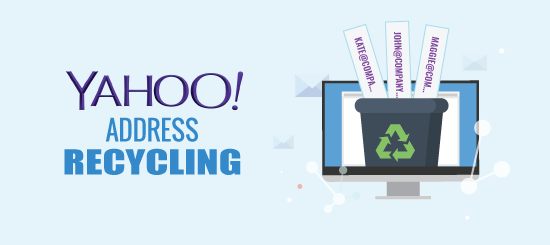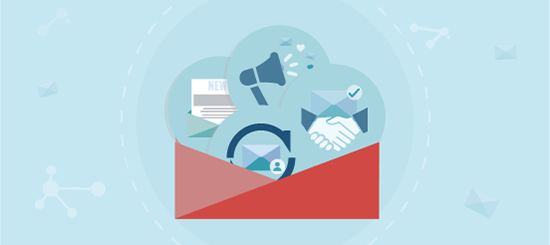Once an email hits the inbox, sender name and subject line become everything. You could have the most well designed and expertly coded email anyone has ever seen, but if your subject line isn’t up to scratch, it will never see the light of day.
With only 17-29% of emails being opened on average (making it onto the next stage in the email engagement process) you could argue that a subject line is the most important aspect of an email (there are plenty of other factors involved of course – such as building a relationship with subscribers over time – but you get the point. Food for thought!).
The good news here is that subject lines are incredibly easy to experiment with. There’s obviously no need to mess around with any code as you would with your email’s HTML content, so it’s possible to test out different subject line strategies for some nice easy wins.
We’ve put together a list of DO’s & DON’Ts to show you how to get the most out of your subject lines.
Be Clear, Not Clever
When writing a subject line it’s tempting to create something that’s clever or creative in order to stand out. A good example of this is an email from Penguin Publishing for their March newsletter which read ‘March (of the penguin)’. It’s cute, right? I’m sure we can all agree on that, but let me ask you this: What’s inside that email?
Any idea? No? You’re beginning to see the issue here! The best a subscriber can do is guess that it’s a March newsletter and that’s only after spending an extra few seconds trying to ‘work out’ the subject line. It’s this ‘working out’ that’s the problem. Email users only glance at their inbox for mere seconds. To increase the chance of an email being opened its subject line should be as clear as possible to avoid this unnecessary ‘working out’ business.
Write descriptive subject lines that tell people exactly what to expect when they open your email. Never make them guess!
Below you can see some clever vs. clear subject lines.
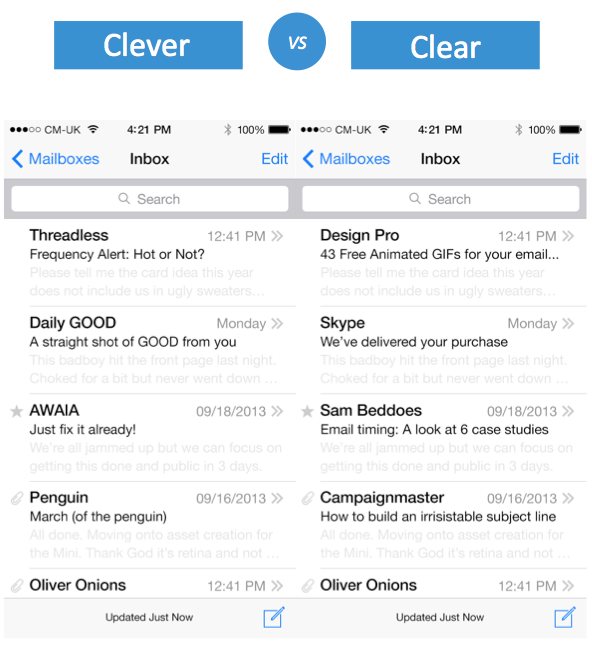
A study performed by Marketing Sherpa found that clear subject lines beat clever ones every time, just take a look at these stats.

Be Deceptive
One of the nicest things about email marketing is that it’s a trust based channel. Your customers actively want to hear from you. So much so that they’ve given your their email address to keep in touch, check you out! That’s the digital equivalent of scoring someone’s phone number. Ahem, well, kind of.
What I’m getting at here is that email is permission based. Did that billboard at the train station ask if you wanted to see it? Nope. Do radio ads seek your blessing before they start worming their way into your ears? Ugh – Never. Did that totally cool email marketing company ask you if you wanted to join their mailing list before you started getting their email? You bet!
In return for being entrusted with someones email address it’s your job to maintain that trust, and one of the fastest ways to destroy it is to start deceiving them.
The Fake RE or FW

The idea behind writing a fake RE or FW at the start of a subject line is to fool someone into thinking a new email is actually a reply or has been forwarded onto them. They are pretty obvious when you see them, and immediately stand out for looking dodgy, earning you some major negative points in the trust department.
We’re Sorry! (We Are Not at All Sorry)

Chances are you’ve seen a legitimate apology email They’re usually sent out following a mistake in a previous email (e.g. incorrect content, wrong pricing) and serve to apologise for whatever mixup occurred. Their subject lines usually begin along the lines of ‘We’re sorry for xxx’ or ‘An apology for …’ and occasionally contain some kind of gift to make amends.
Due to human intrigue (and schadenfreude) these emails tend to have higher than average open rates. By exploiting this increase in opens on a fake apology email, you’ll only serve to damage trust with your subscribers in the long run.
A study by Mec Labs found that emails using deceptive subject lines such as these resulted in between 42-47% lower clicks.
Use Localisation
By now I’m sure you’ve heard of using personalisation in a subject line. You’ve probably been experimenting with it a little by using things like first name personalisation e.g. ’A special invitation for Sam’.
Opinions are a little mixed on the effectiveness of first name personalisation, so how can you take it to the next level? By using localisation in your subject lines.
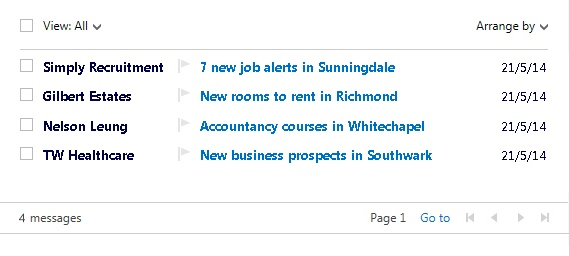
By using a location that you know is in close proximity to a subscriber, you’ll show a deeper understanding of content they’re interested in. You can already see that this kind of personalisation is going to be more attention grabbing than the simple use of someone’s name.
Use Excess Punctuation

Another quick ticket to distrust-city is the use of suspect looking lettering/punctuation/symbols. The examples above were lifted straight out of my spam folder, so you can already see the kind of impression they give off. Frequent use of things like ALL CAPS, excessive punctuation marks & alternating upper and lowercase letters will make your email stand out for all the wrong reasons.
While occasional use of creative formatting may work well with your email’s style, make sure you don’t over do it by using it too often.
Mix It Up
Having warned you about excess punctuation and symbols, that isn’t to say you should not use them at all. There are lots of nifty things you can do to your subject lines to give them that little something extra.
Brackets:


Brackets are a great way of adding a little extra context to your subject line.
A subject line with ‘A guide to tax rates’ could potentially be a very dull, text-heavy read. On the other hand ‘[Infographic] A guide to tax rates‘ insinuates that the information inside is presented in an easy to read infographic.
By using brackets in a subject line you’re giving subscribers more to go on when deciding to open/read/delete your email. Linking back to my first point, brackets further help to ‘Be clear, not clever’ and assist subscribers in the inbox triage process.
Symbols:

The jury is very much out on the effectiveness of symbols in subject lines, but one thing’s for sure, it doesn’t hurt to try them. My main advice here would be to use symbols that are related to your subject line, such as in the examples above. A love heart for Valentine’s day, aeroplanes for flights etc… will help to add context. Using a scissors symbol for a subject line about cars is just going to look odd.
✂ Deal of the day at Auto-motors ✂
You can find a quick guide on how to implement symbols over at email code geeks as well as a good symbol library at unicode-table.com.
Don’t Rush Your Subject Line
Writing a subject line is often the first/last step people take before sending an email. This makes it very easy to rush over, but know this: As soon as your email hits the inbox, the subject line is the only part of it that’s guaranteed to be displayed.
It’s pretty easy to forget this important fact while you’re scrabbling around gathering subscriber lists and sending tests. Remember to take your time and think about possible subject lines before, during and after the email creation process.
Use A/B Split Tests
Got two subject lines that you just can’t choose between? Unlike many things in life, when it comes to email marketing you should never go with your gut. I’ve lost count of the amount of times an underdog subject line I’ve written has outperformed my ‘gut feeling’ subject line, but how did I work this out? By using an A/B split test.
Below, you can see I have two subject lines I want to put head to head, A & B.
In order to do this, I send version A to 20% of my email list and version B to another 20% of my list. After monitoring the engagement rate (in this case I’m interested in opens) I can see that version B has outperformed version A by quite a clear margin.
I’m now able to send version B to the remaining 60% of my list, knowing that it will perform better than version A would have done.
Most email platforms have an A/B testing feature (Fantastic A/B testing tools come as standard with every Campaignmaster account.) so it’s a piece of cake to give your subject lines a thorough testing.
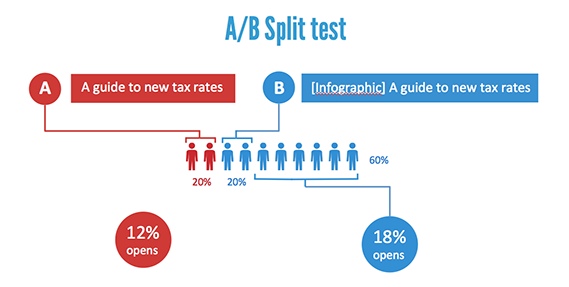
Find Your Own Way
At the beginning of this article, I referred to subject lines being divisive. If you do a quick search online about any of the dos & don’ts I’ve discussed here you’ll be able to find arguments both for and against them.
The beauty of email marketing is that all lists are different, all subscribers are unique and your audience can act in wildly different ways. This is why you’ll often find conflicting advice about it online. As an email marketer it’s your job to discover what works for your audience and see which approaches work best for you.
Sources:
Marketing Sherpa: Subject Lines: Creativity vs Clarity
Email Code Geeks: Unicode symbols
Unicode character table: http://unicode-table.com/
Meclabs: Marketing Experiments








